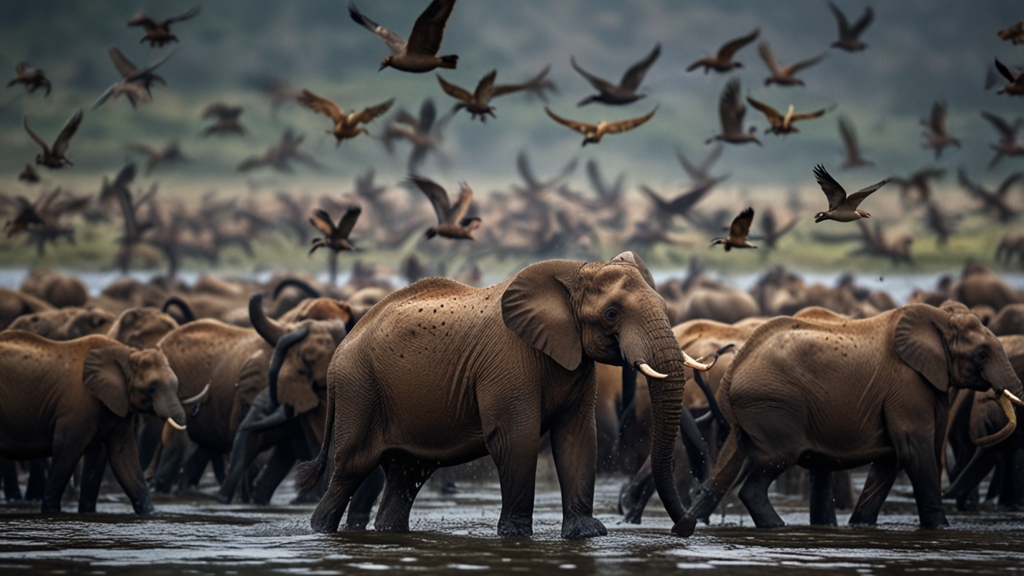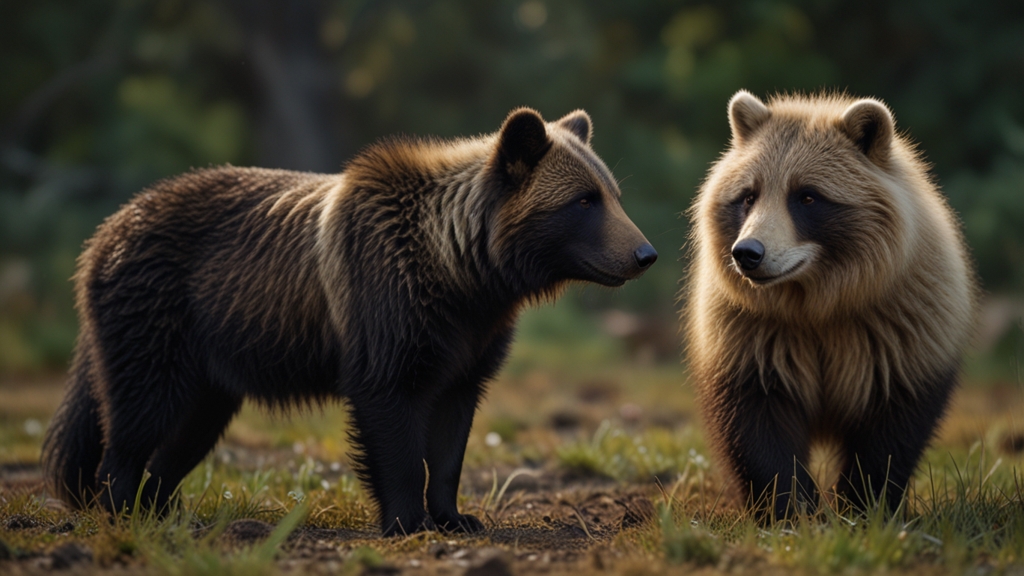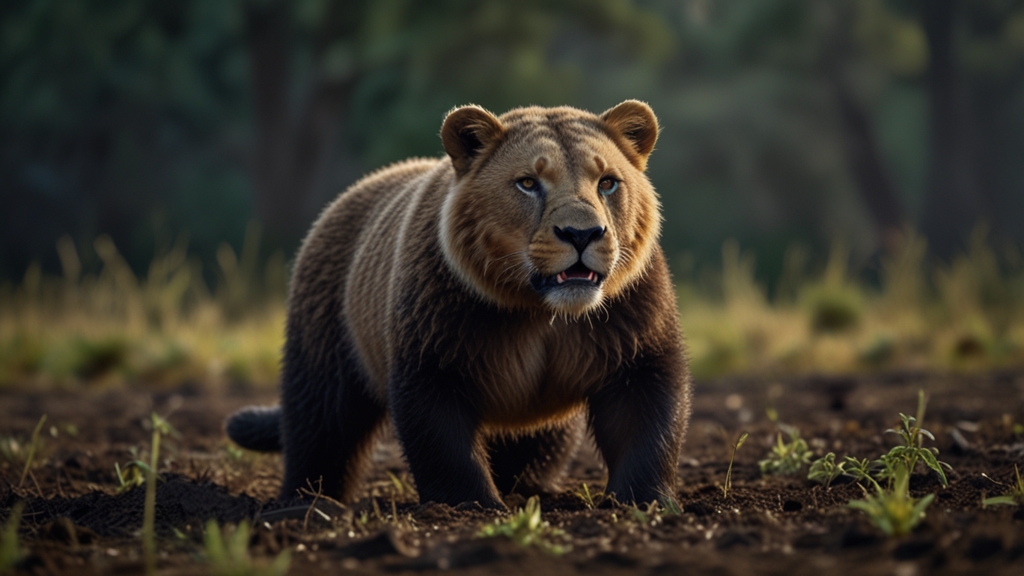Mammals on the Move: Migration Patterns That Will Amaze You
Migration, the typically seasonal movement of animals from one region to another, is a phenomenon that takes on a grand scale in the animal kingdom. While birds are commonly known for their migratory patterns, various mammal species also undertake extraordinary journeys across vast distances. These migrations are driven by fundamental needs such as food, reproduction, and favorable living conditions. Let’s delve into some incredible mammalian migration patterns that will leave you in awe.
The Great Wildebeest Migration
Arguably one of the most spectacular migrations on the planet, the great wildebeest migration involves over 1.5 million wildebeest, accompanied by hundreds of thousands of zebras and gazelles. These animals travel in a clockwise path across the Serengeti in Tanzania and the Maasai Mara in Kenya, covering around 1,200 miles each year. The key motivation behind this massive movement is the search for fresh grazing land and water, dictated by the cycle of the rainy and dry seasons.
"The Great Wildebeest Migration is often dubbed ‘The Greatest Show on Earth,’ a term that only just begins to capture the grandeur and sheer scale of this natural phenomenon."
The journey is fraught with peril: crossing treacherous rivers teeming with crocodiles, facing predators like lions and hyenas, and enduring extreme weather conditions. Yet, the combined force of millions of hoofed animals moving synchronously remains one of nature’s most awe-inspiring spectacles.
Caribou in the Arctic Tundra
Another remarkable migration is that of the caribou (referred to as reindeer in Eurasia). These mammals journey across the Arctic and subarctic tundra, traveling up to 3,000 miles annually in pursuit of food and breeding grounds. Massive herds, numbering in the hundreds of thousands, traverse some of the harshest and most remote terrains on Earth.
Caribou migrations are a crucial part of the ecosystem, as they facilitate nutrient distribution across the tundra. Moreover, indigenous communities have depended on caribou for millennia, relying on them for food, clothing, and tools.
"To witness a caribou migration is to see endurance and willpower in action. These animals embody the persistent struggle for survival in one of the most unforgiving environments on the planet."
Gray Whale Migration
Marine mammals, too, indulge in lengthy migrations. The gray whale embarks on one of the longest-known migrations of any mammal, traveling approximately 12,000 miles round-trip from the cold waters of the Arctic to the warm lagoons off the coast of Mexico. This incredible journey is primarily undertaken for breeding and calving.
The gray whales' migration is not without dangers. They must navigate through waters frequented by orcas and contend with challenges like entanglement in fishing gear and the threat of ship strikes. Nevertheless, their annual pilgrimage continues to capture the imagination of marine biologists and enthusiasts worldwide.
Bats: The Sky Travelers
Bats, often misunderstood creatures, also showcase fascinating migratory behaviors. Species such as the Mexican free-tailed bat migrate in large numbers from central Mexico to the southern United States, covering distances of over 1,000 miles. These nocturnal travelers embark on their journeys to reach roosting sites suitable for breeding, where they can raise their young in relative safety.
Bats play a critical role in ecosystems as pollinators and pest controllers. Their migratory patterns help in nutrient distribution and ensure the survival of various plant species.
"The migration of bats is a marvel of the night sky—thousands of winged mammals navigating vast expanses, guided by an innate sense of direction and purpose."
Conclusion
Mammalian migrations are astonishing feats of endurance, navigation, and survival. These journeys, whether on land, in the air, or through the sea, highlight the incredible adaptability and resilience of mammals. The instinctual drive to migrate ensures that species thrive in ever-changing environments, maintaining the delicate balance of ecosystems worldwide. Next time you think of migration, remember that it's not just birds that take to the skies or fish that swim upstream—mammals, too, are on the move in some of the most dramatic and inspiring ways imaginable.











